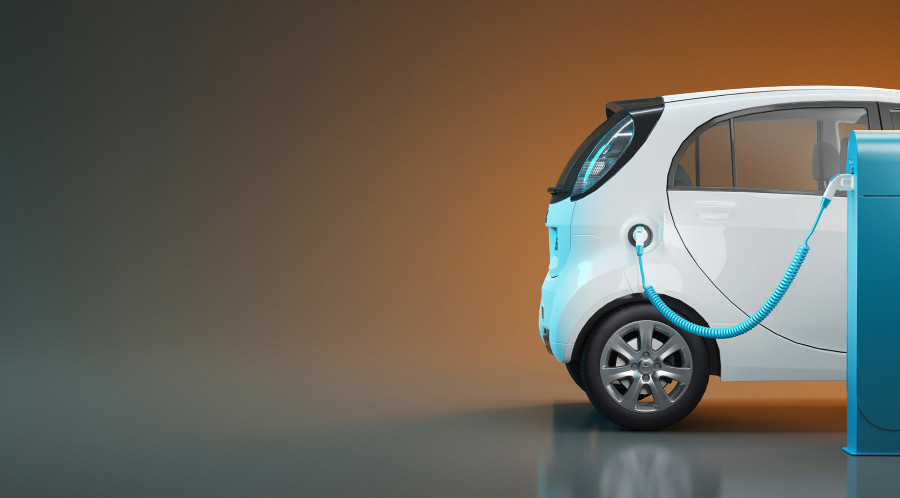Editorial
The electric future
There is a need for more clarity on policy and intent on switching to electric vehicles.
Electric vehicles (EVs) have taken the world by storm, and Nepal is no exception to this trend. According to the Department of Customs, in the first half of 2023-24, the country’s shift to EVs reached a record high, accounting for a third of auto import value. Thanks to their cost effectiveness and environment friendliness, even those who rely on petrol or diesel vehicles are now turning to EVs. Financial institutions are also supporting the EV trend, providing loans of up to 90 percent of the total cost of the vehicle.
Nepal, in its zero-emission strategy of the second Nationally Determined Goals, aims to ramp up EV sales to 90 percent of all four- and two-wheeler private vehicles and 60 percent of all four-wheeler public vehicle sales by 2030, which is a positive step. However, the country still intends to build two new petroleum pipelines beginning this fiscal year. This goes against Nepal’s commitment to achieving net zero emissions and belies the country’s plan for an environmentally friendly transport system.
According to Statistica’s 2022 report on transport emissions worldwide, the sector’s share of yearly carbon dioxide emissions is more than 7 billion metric tonnes. EVs indeed help cut emissions as they produce fewer greenhouse gases than fossil fuel vehicles, promising a green future. Given this and rising climate change tensions, EVs have become more crucial than ever. But are our policymakers, investors and stakeholders also aware of the downsides of EVs?
Research and studies show that EV batteries contain raw materials like lithium, cobalt and nickel, which have short life spans. Research by Greenpeace East Asia, an organisation working on the green movement, suggests that globally, over 12 metric tonnes of lithium-ion batteries are expected to stop working between 2021 and 2030. Additionally, when these batteries expire, they remain in the environment as electric waste. There are also environmental concerns over recharging EVs using non-renewable energy sources like coal power stations rather than with renewable sources.
While experts and researchers in developed countries are prioritising repurposing and recycling EV batteries, that is still a distant concern for Nepal. We are still struggling to build sufficient charging stations for EVs and are only taking baby steps by formulating policies on net zero emissions. On the one hand, the government encourages people to use EVs by levying high taxes on fossil fuel vehicles; on the other, it keeps investing in fuel pipelines to make petroleum products cheaper and more accessible. Given this muddled thinking, there is thus a risk that Nepal could re-embrace fossil fuel vehicles. In this case, policymakers must first be clear about what is in the best interest of the public and the environment. This calls for a profound revision of their plans without compromising the importance of EVs.
Developed countries are trying to recycle and repurpose batteries to tackle the challenges posed by batteries. For instance, China has been using retired lithium-ion batteries for 5G infrastructure, data centres and energy storage. The Greenpeace research estimates that by 2025, repurposed batteries could power all of China’s 5G telecom stations. Nepal could try to emulate this. More immediately, there is a need for clarity on policy and intent on the embrace of the EVs. For instance, fretting over losing tax revenues from petrol vehicles, as some of our policymakers are doing, is worrying about the wrong thing at the wrong time.




 17.12°C Kathmandu
17.12°C Kathmandu














